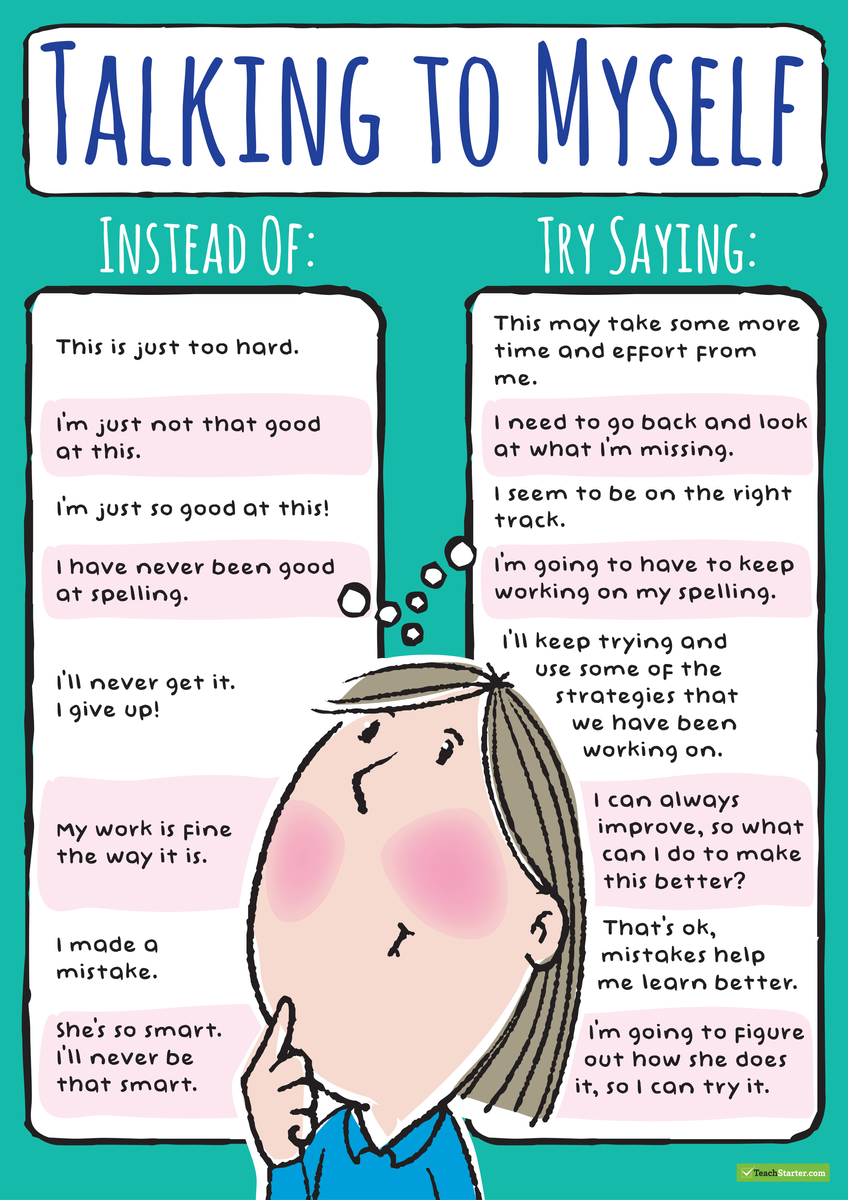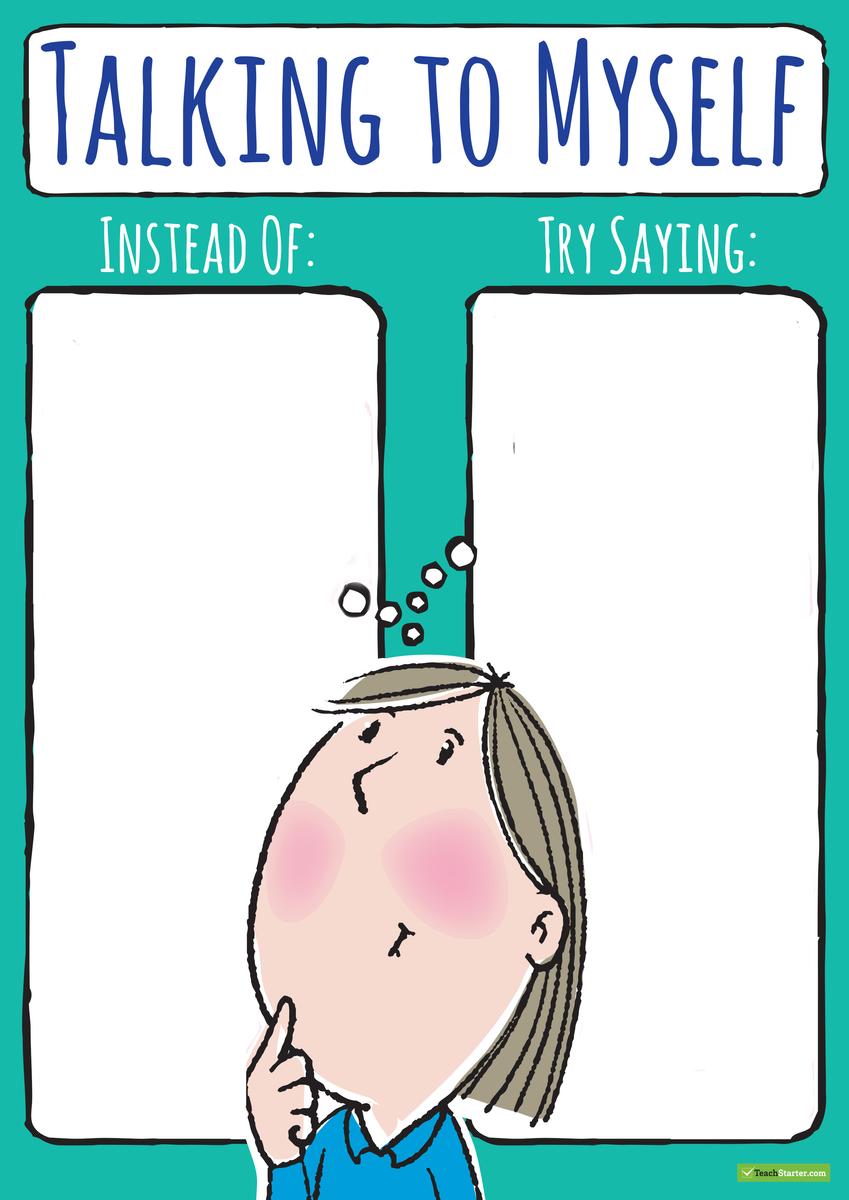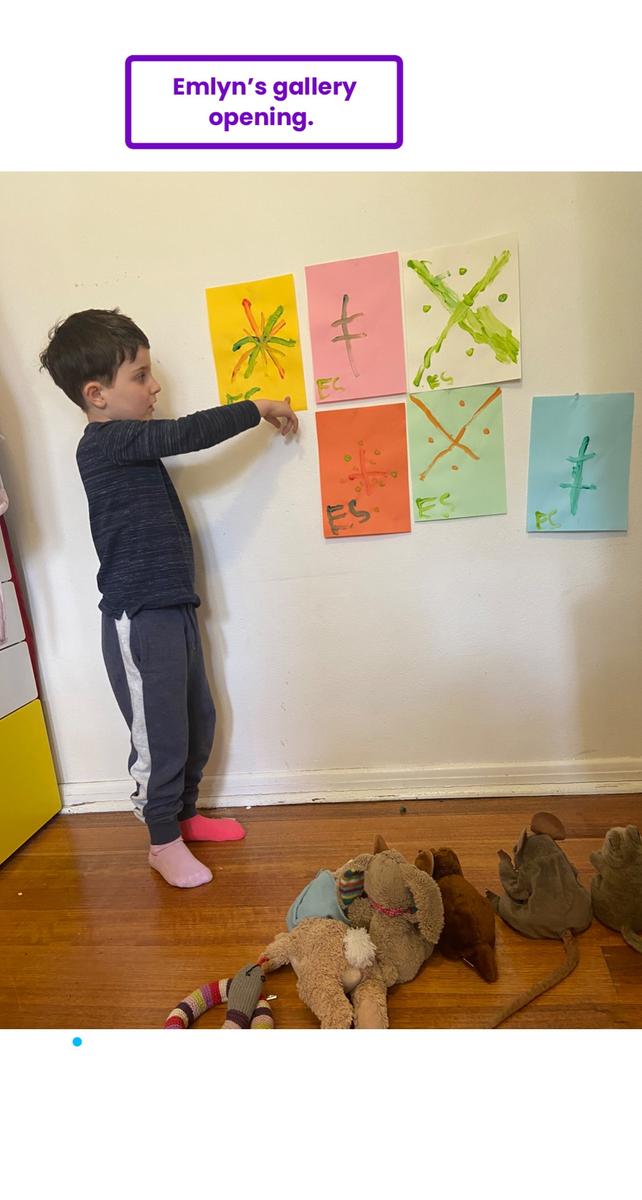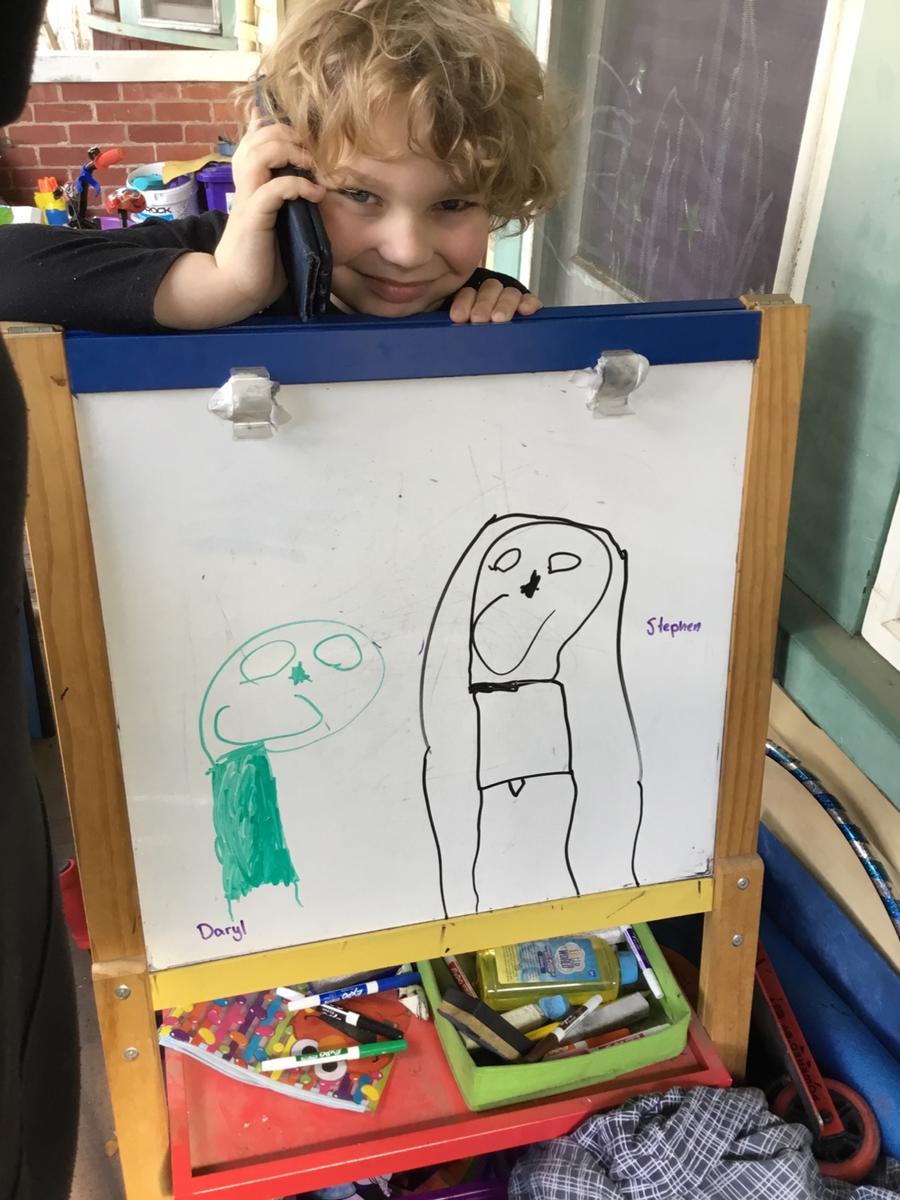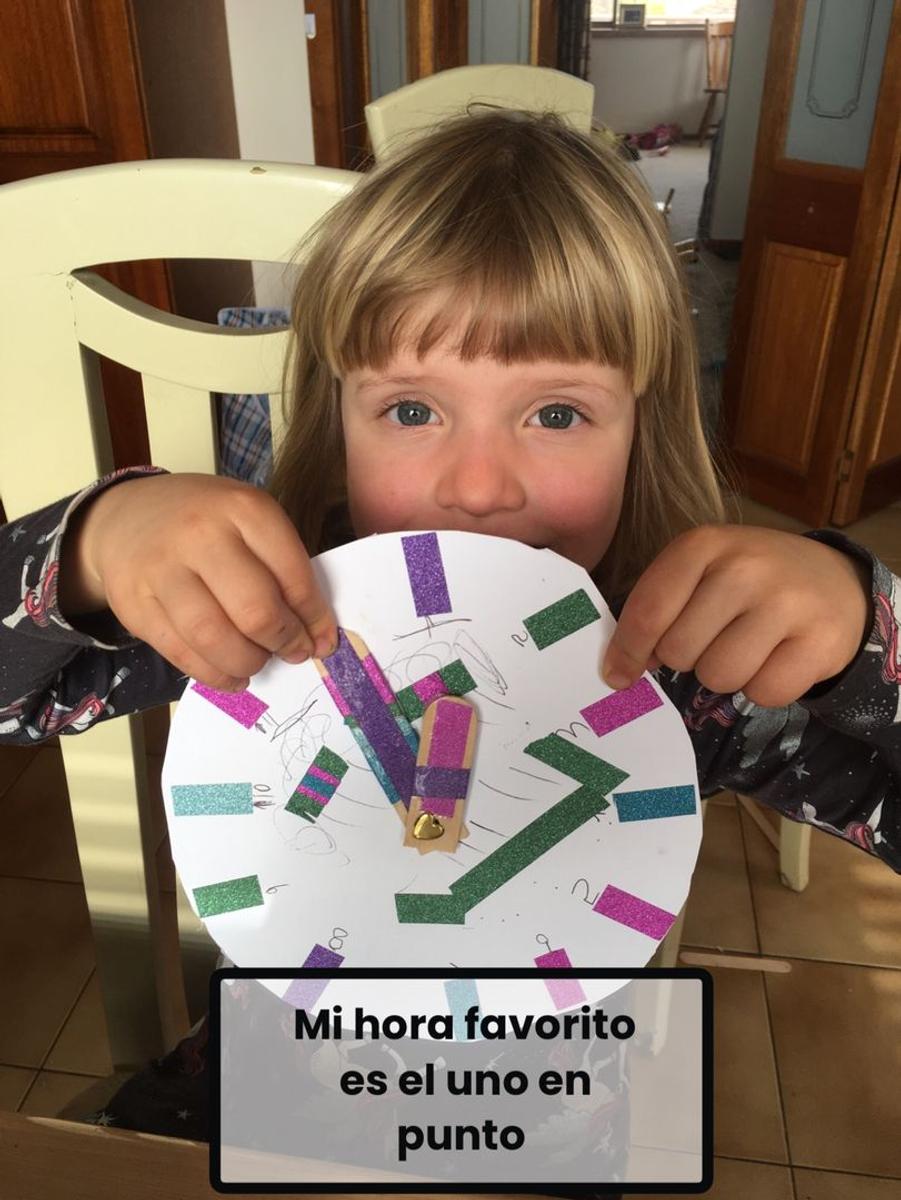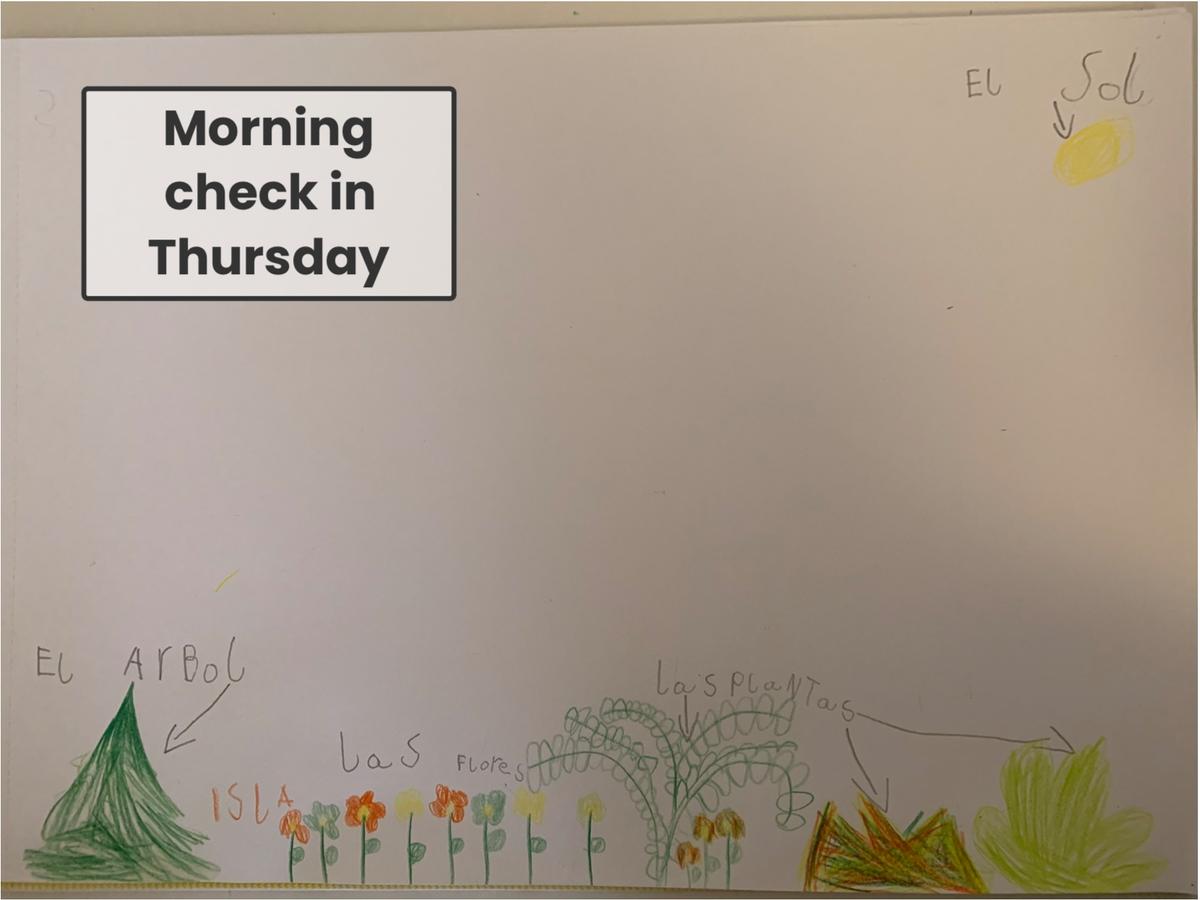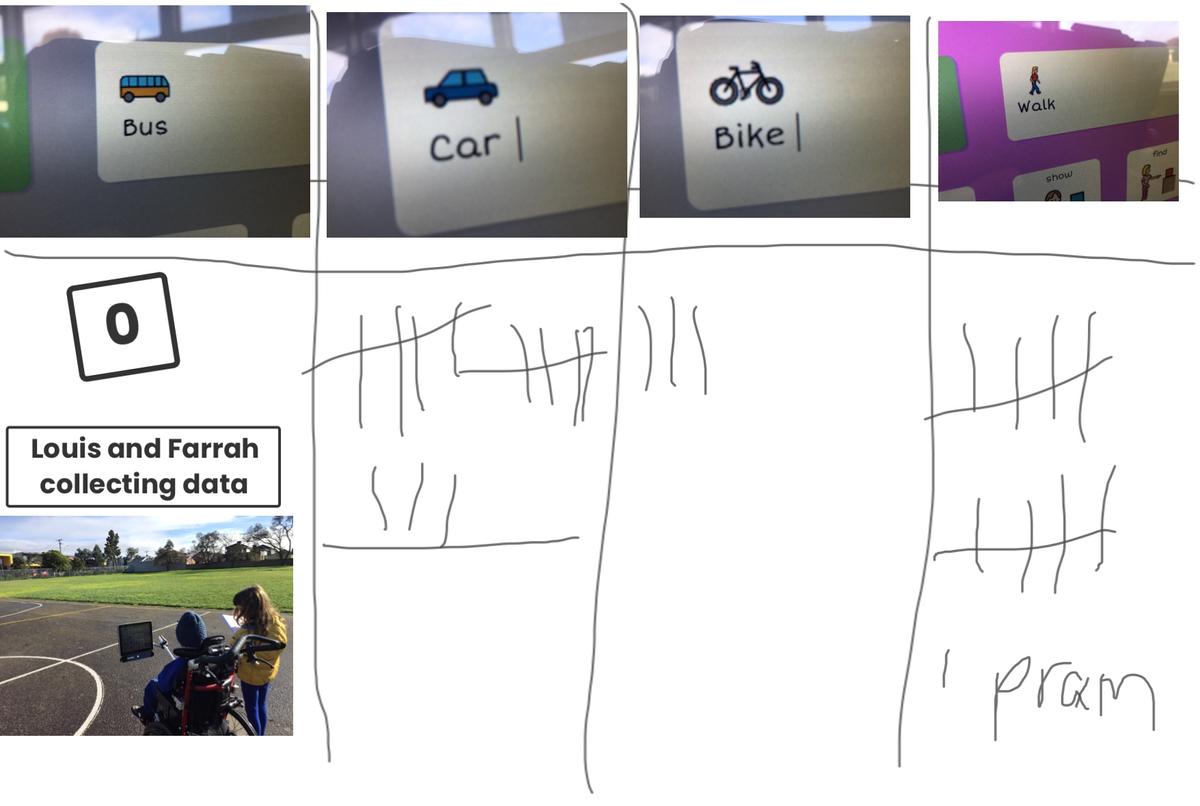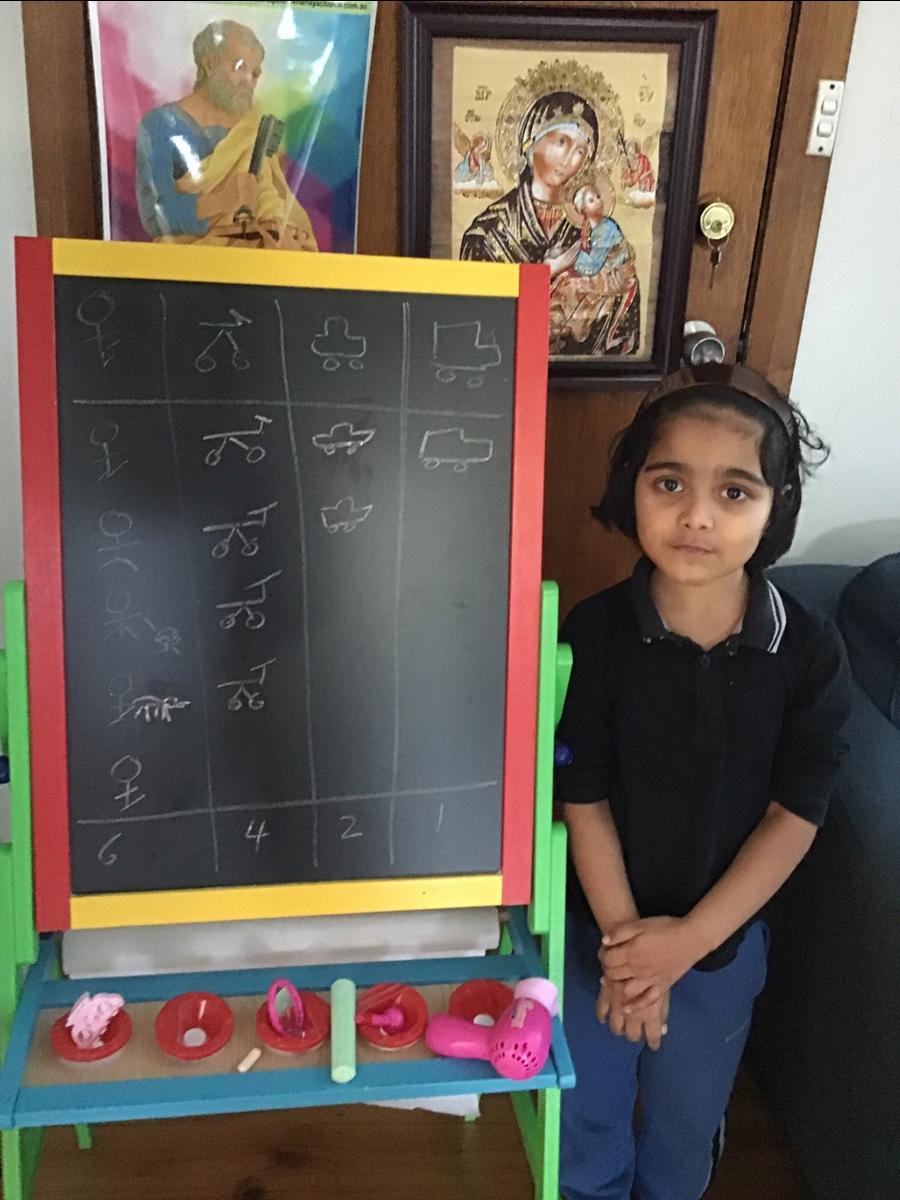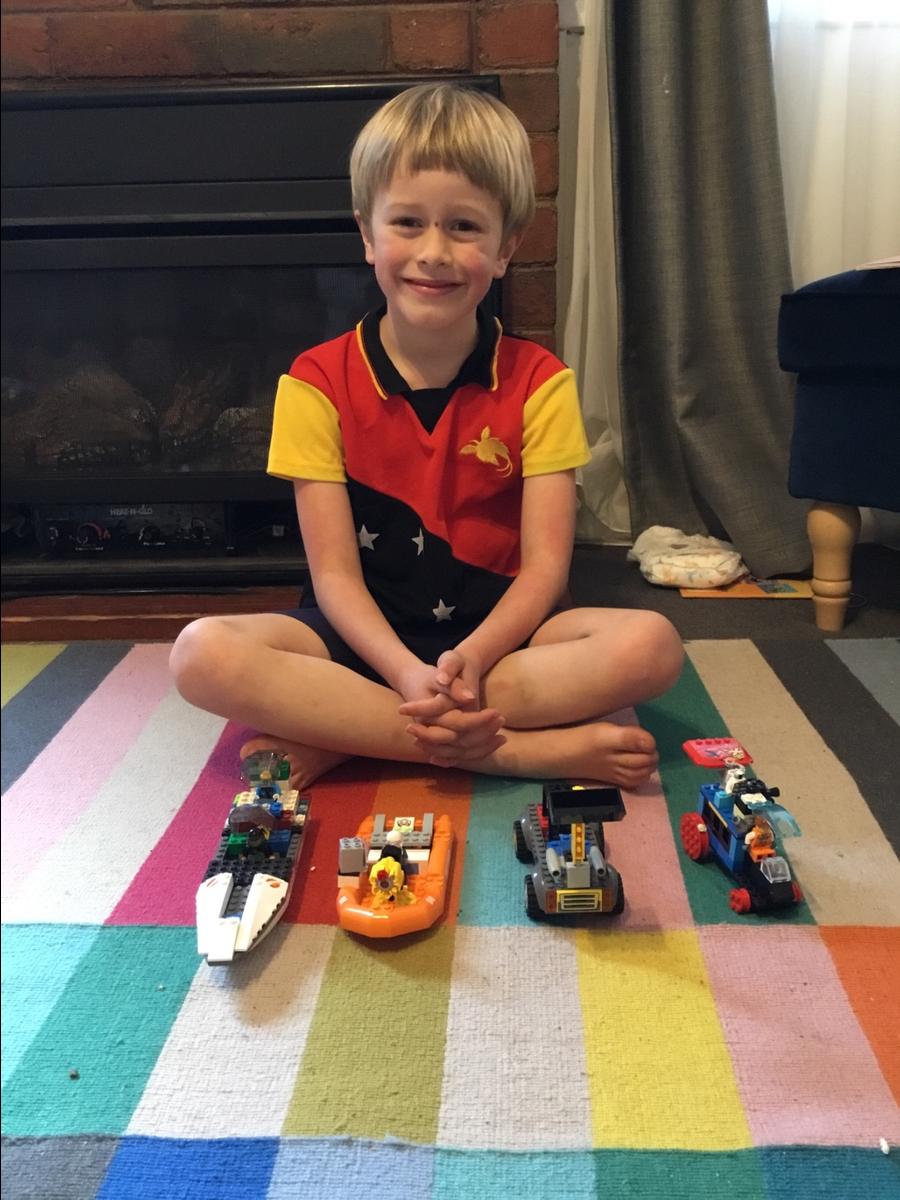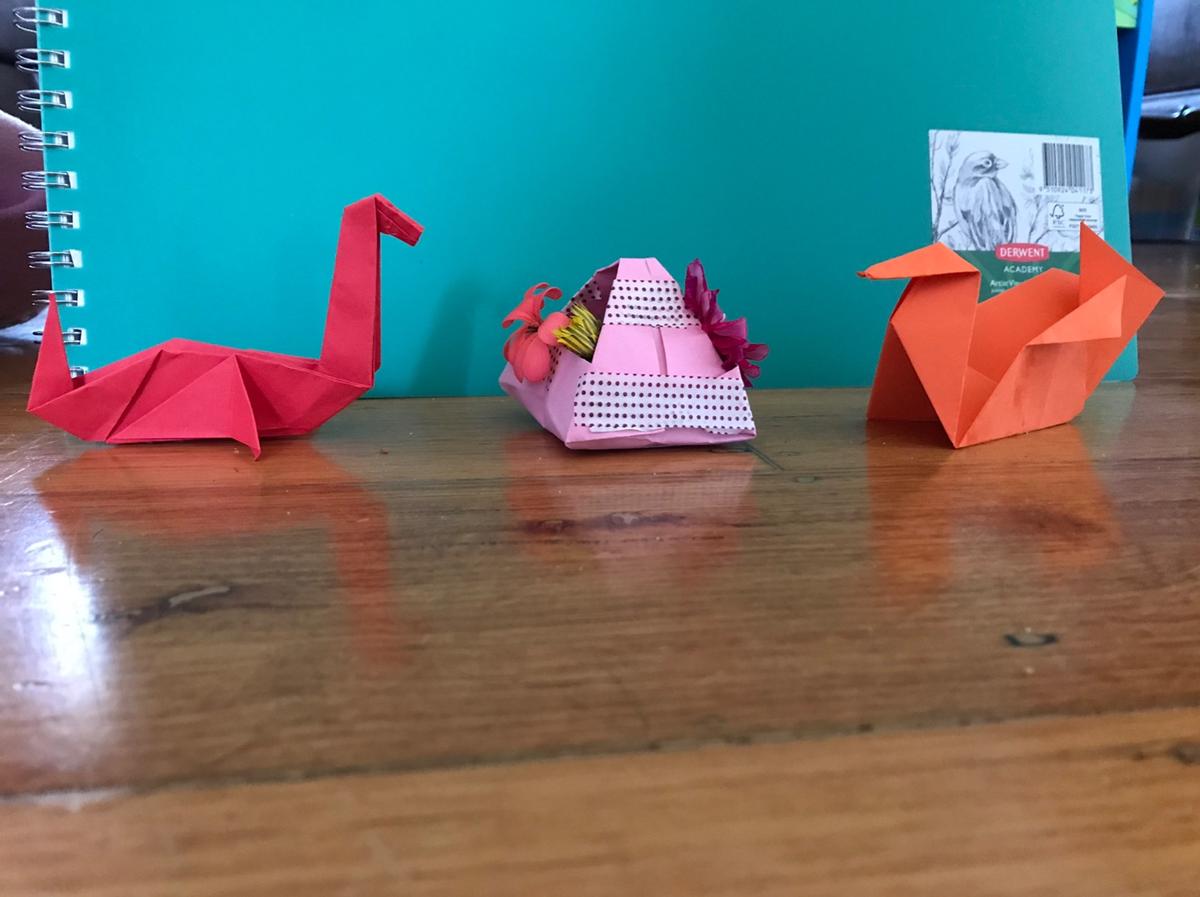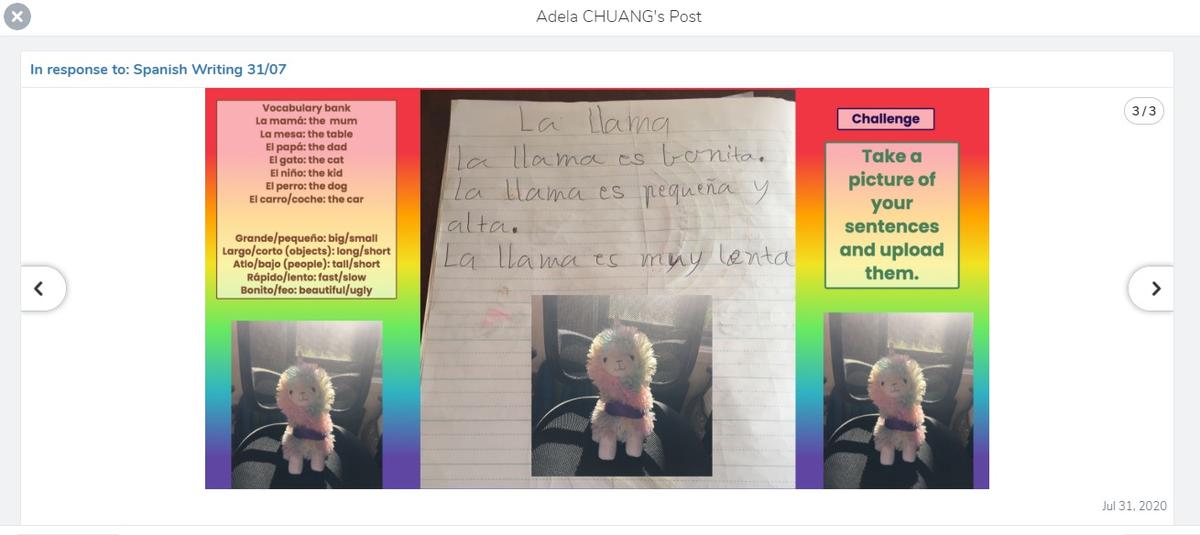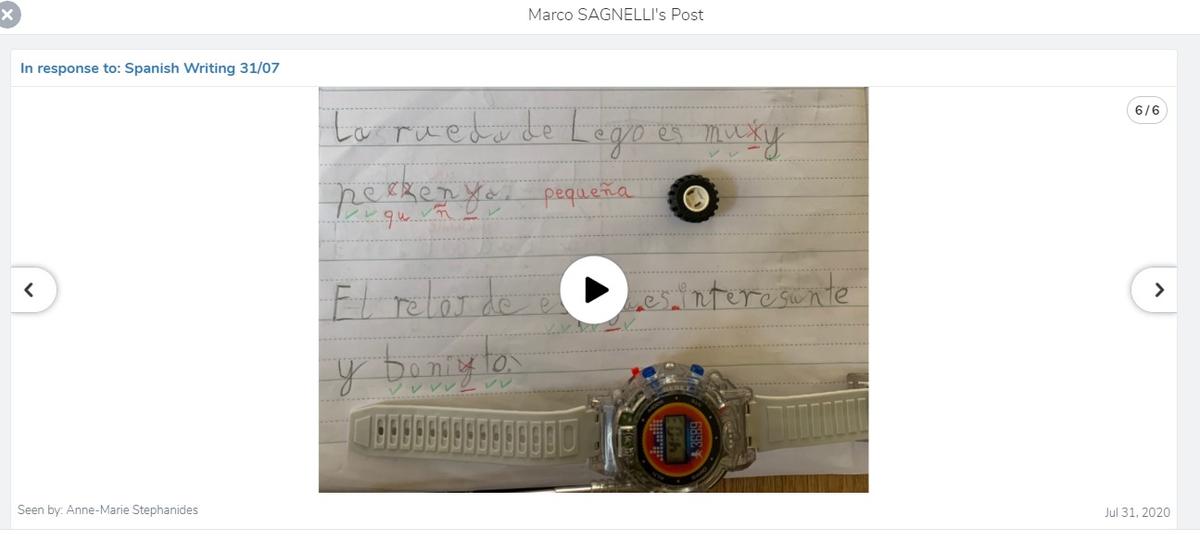Foundation/1
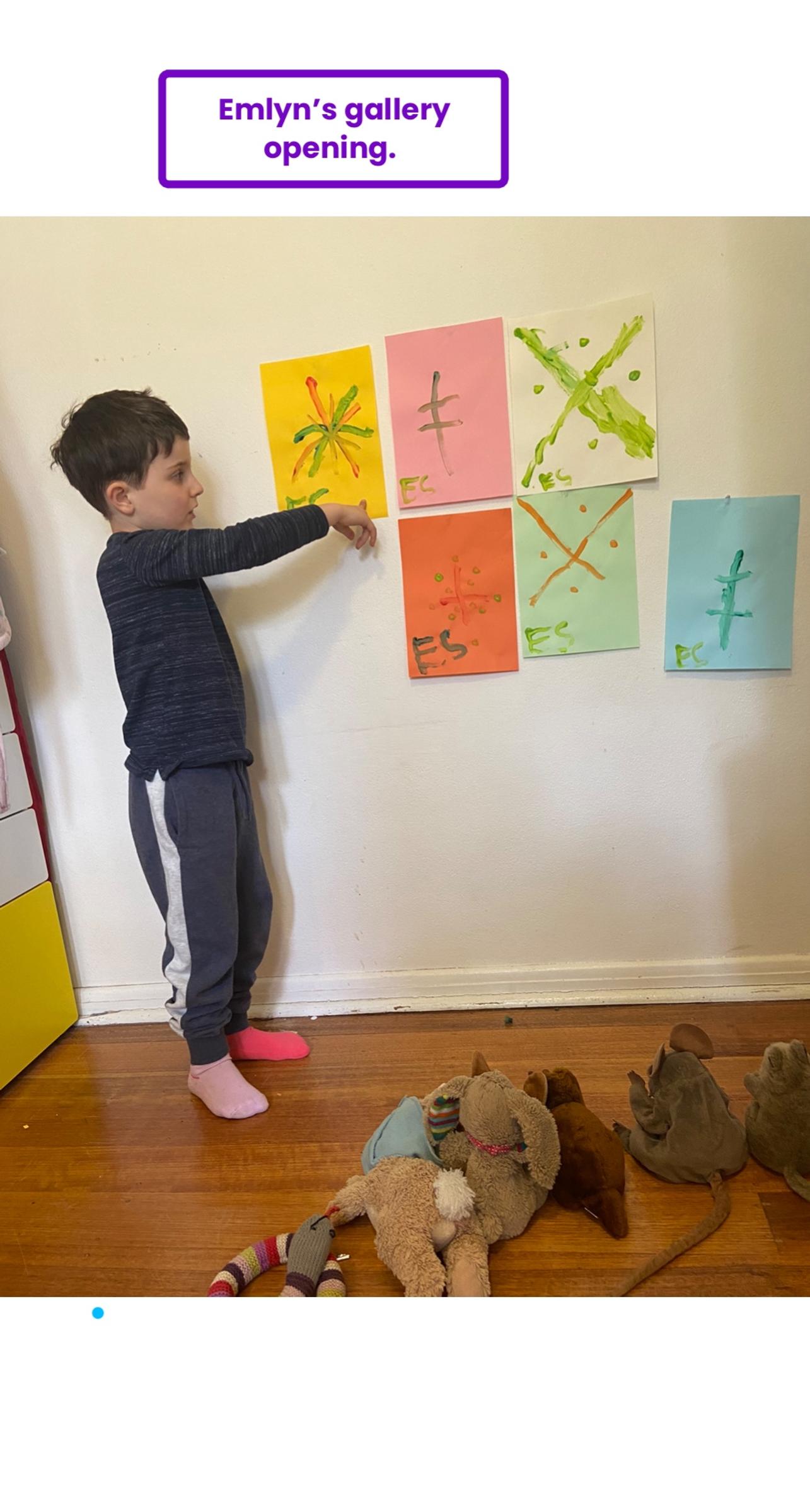
Hola F1 Families,
Congratulations on completing your third week of remote learning! We are all so proud of our students and want to thank you for your hard work and effort. We absolutely love seeing our students at check-ins as it is key to our classroom communities remaining connected.
We have endeavoured to make learning routines as simple as possible on families by scheduling your child for the same check in time each week. This check-in time will be the same for Monday, Wednesday and Friday of that week. As these groups are ability based groups that target your child's needs, we are unable to keep the same schedule for week after week. 'Storytime' on Thursday has changed to 9.30am to allow enough time for students who are learning onsite to connect on Teams.
As we enter another week of remote learning, we would like to offer some strategies to support your delivery of remote learning at home and some reminders for guidelines during check ins.
Suggestions for Setting up a Learning Environment:
- Establish strong routines and expectations with your child.
- Have a visual timetable that shows your child the daily routine.
- Set up a quiet and comfortable space for learning (please ensure supervision is possible when your child is online - this means in the same room as it is not necessary to sit next to your child during a check-in).
- Take brain breaks between activities
- Ask your child to wear their school uniform when completing remote learning activities. This may help them differentiate between learning time and play time at home.
- Store school resources in your child's school bag. These will then be taken out before learning takes place.
- Set a time frame for learning to be completed within, e.g set a timer.
Guidelines:
As check ins are run very similarly to a workshop at school, we would like ask students to:
- Create a work space that is free from distractions such as craft activities and toys.
- Eat meals and snacks before or after their check-ins.
- Arrive on time to their check-ins as it is difficult to catch individual students up mid-way through a lesson.
- Demonstrate independence during a check in and seek help and support from a teacher.
Growth Mindset
During learning at home and in the classroom, students are sometimes reluctant to try out a new or unfamiliar skill. In the classroom, we aim to overcome this through the promotion of a growth mindset by encouraging our students to view setbacks and challenges as opportunities to learn. We would like to share some classroom tips that we use to encourage our students to think "I can't give it a try" rather than "I can't do it, it's too hard."
Ways to promote a growth mindset:
- Praise your child for making attempts when they have been hesitant to try a new skill.
- Praise your child when they have shown they have made a mistake and learnt from it.
- Remove erasers and ask your child to cross out mistakes instead. Praise your child for being able to notice and correct their mistakes.
- Focus on your child practising one skill in each learning task. This can most often be the success criteria for that lesson. For example, if you child is working on including full stops and capital letters in their writing, the focus won't be on spelling for that task. This will allow your child to experience success.
- Praise your child for using different strategies in their learning.
- Allow your child to make mistakes in their learning as they may notice their error if given time or a prompt, e.g. If a child misses a word when writing a sentence, ask them to read it back once they are done and point to each word as they read. This will give them the opportunity to notice it and self correct.
- Model to your child that it is "OK" to make mistakes and that we can use them as opportunities to learn from them.
- Use books and short clips to discuss the importance of a growth mindset.
Here is a chart for statements that you can use at home with your child. We have also added a blank template that you can complete with your child and hang on the fridge.
Remote Learning
This week, we have focused on a range of Literacy and Numeracy skills in our check-ins and Seesaw activities. It has also been wonderful to see our students and families enjoying the brain breaks.
Students engaged in English Literacy check-ins that focused on creating sentences by choosing a character, action and a place, whilst some students participated in a spelling focused check-in.
Students in our Spanish Literacy check-ins participated in Guided Reading with a focus on new vocabulary and a reinforcement of the Spanish alphabet this week.
The Seesaw activities focussed on sorting objects based on common features, creating pictographs and making statements and telling time to the hour and half hour.
Here are some snapshots from our students learning at home this week.

